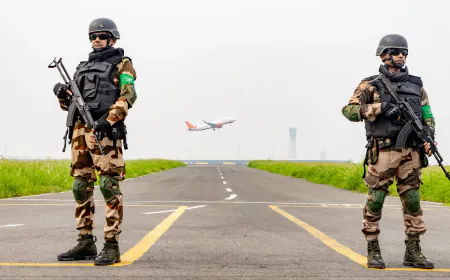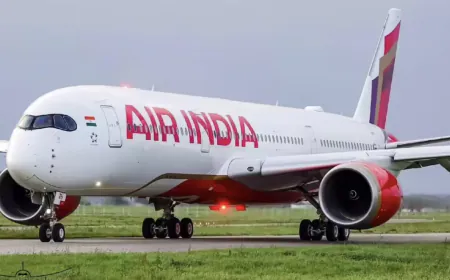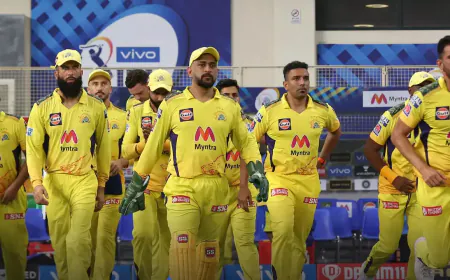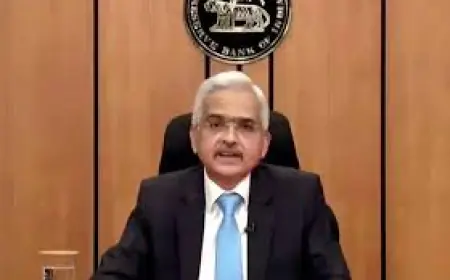Consumers are getting relief from Freight Corridor, helped reduce the price of goods
The World Bank reports that during the last one year, the Dedicated Freight Corridor has contributed more than three percent to the revenue of Indian Railways. Railways estimate that DFC will directly contribute about Rs 160 billion to the country's GDP. The reduction in freight transportation cost and transportation time has helped reduce the prices of goods by more than half a percent.
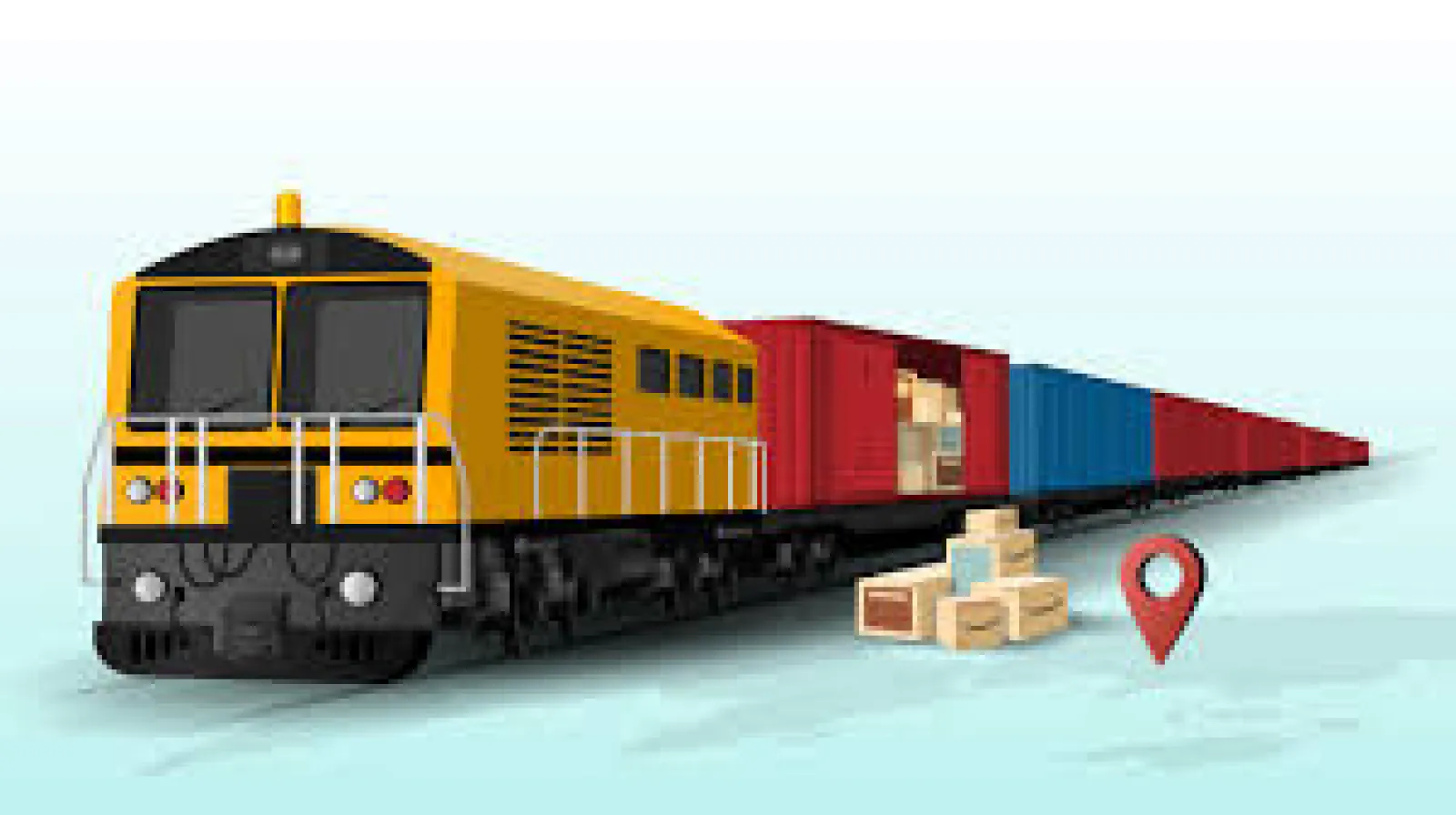
India's major infrastructure project has been strengthened by the Dedicated Freight Corridor (DFFC). Transportation costs per unit of goods started decreasing. At the moment, around 350 freight trains travel the country's freight route daily. Every one km long freight train is helping in removing 72 trucks running on the road.
This has made transportation of goods easier and has also started reducing logistics costs. Consumers are getting direct benefits from this. The burden of the excessive cost of transporting goods through roads is put on the consumers.
DFC is a dedicated rail track for goods trains. Cargo trains ran on rail tracks till now, which delayed the operation of passenger trains along with many other problems. Now, long trains having high capacity can be run on DFC.
The World Bank estimated that in the last one year, more than three percent of the income of Indian Railways has been contributed by the Dedicated Freight Corridor. It has been estimated by the Railways that DFC is liable to contribute about Rs 160 billion directly to the country's GDP. A reduction in freight transportation cost and time of transportation helped bring down the prices of goods by more than half a percent.
At present, the country's logistics cost stands at about 15 percent of the GDP, which is very high. The aim is to bring down the amount to nine percent, for which the freight corridor will play a big role.
The recent Day of Foundation was celebrated by Dedicated Freight Corridor Corporation of India Limited. Freight corridors contribute 0.8 percent to the GDP of India. Seven states, namely Punjab, Haryana, Uttar Pradesh, Maharashtra, Bihar, Gujarat, and Rajasthan, are directly linked to each other. Industries along the corridor received direct benefits.
The difference in economic inequality is getting limited between the states. The country is going through economic and social development, as well as going toward global competition. Gatishakti cargo terminal being built on the corridor is writing a strong new chapter in the country's supply chain. It is helping in setting up new industrial centers nearby.
Presently, there are two freight corridors within the country. The Eastern Corridor is 1,337 kilometers long and connects Ludhiana in Punjab to Sonnagar in Bihar. It helps in carrying coal, engineering goods, and food grains from one part of the country to another or, in short from one state to another. Western Corridor is 1,506 kilometers long; it connects Dadri in Uttar Pradesh to JNPT in Mumbai.
It carries cement, automobiles, and perishable products. More distant areas have also gained owing to reduced transport costs. The biggest economic dividend has been collected by the western regions lying closest to the DFC where the freight costs have fallen most.
For Latest News update Subscribe to Sangri Today's Broadcast channels on Google News | Telegram | WhatsApp



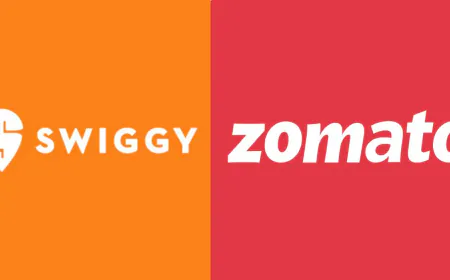











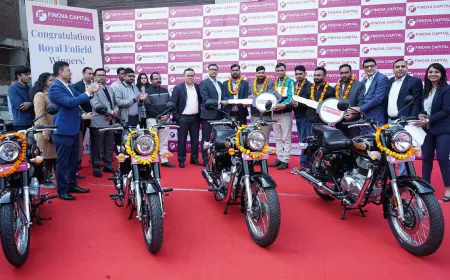





















.jpeg)






















